Book: Dieter Rams - As Little Design as Possible
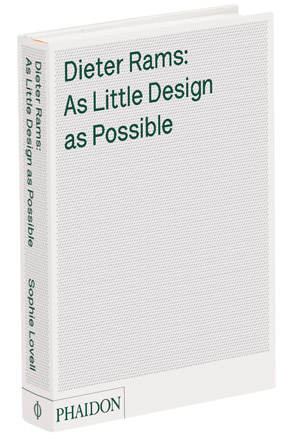
Not many (if any) designers can lay claim to a body of work so far reaching that it has touched the lives of even those who have absolutely no idea who they are, let alone influenced virtually every contemporary designer in practice today. Yet, Dieter Rams is such. A must for followers of the designer, Sophie Lovell's new tome not only covers Rams' entire career and philosophy, it dives into the context with which his work has come to be a blueprint for sustainability and longevity in design.
While many of the books about Dieter Rams are predominantly dry catalogues, Lovell's book examines the relevance of his work from a contemporary design standpoint by featuring interviews with some of today's top industrial designers, such as Naoto Fukasawa, Sam Hecht and Jasper Morrison, reflecting on his influence. 'A lot of people are re-examining (and redefining) the role and responsibilities of design and designers today,' says Lovell. 'I hope that by providing an in depth picture of Rams, his work and its context, this book may prove helpful towards the debate.'
Keen that the book dispels some long-running myths, Lovell reinforces Rams' reluctance to be seen as a superstar design god. 'He would be the first to say that his initial path had a lot to do with lucky coincidence,' she says. Touching on Rams' collaboration with his team at Braun as essential for the sheer volume of the company's output, Lovell cites other rarely mentioned design greats involved with the Braun phenomenon, including 'Gerd A. Mueller, Reinhold Weiss and Dietrich Lubs for example, or the brilliant Hans Gugelot from Ulm. Not to mention the brave vision of the Braun brothers'.
The most important consideration for Lovell was, quite understandably, trying not to lose track of the hundreds of products Rams designed and co-designed - a daunting task made pleasurable and 'enriching' by time spent with both Rams and his organiser and advisor Britte Siepenkothen.
A foreword by Jonathan Ive hones in on just how far the Rams effect is felt. Ive's account of his childhood encounter with a Braun MPZ 2 Citromatic and its 'bold, pure, perfectly-proportioned, coherent and effortless' surface goes a long way to illustrate the influence Rams has had on some of the most successful products of the last 20 years. Lovell draws a parallel between the designers: 'They do both have a very similar attitude and drive towards the simplicity of perfection in their work.'
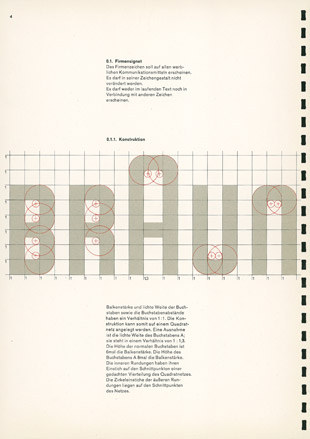
Guidelines for the new Braun logo, designed by Wolfgang Schmittel in 1958
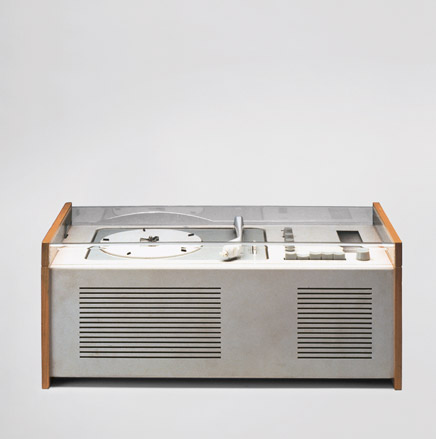
SK 4 record player, Dieter Rams and Hans Gugelot, 1956

Hi-fi units: RT 20 radio with L 480/1 speaker and others, part of the Braun Archive
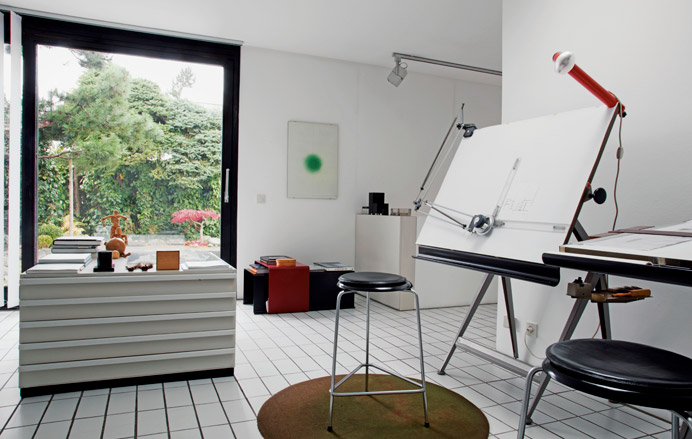
Kronberg House, 1971. Middle level of the Rams house: view from the studio towards the courtyard
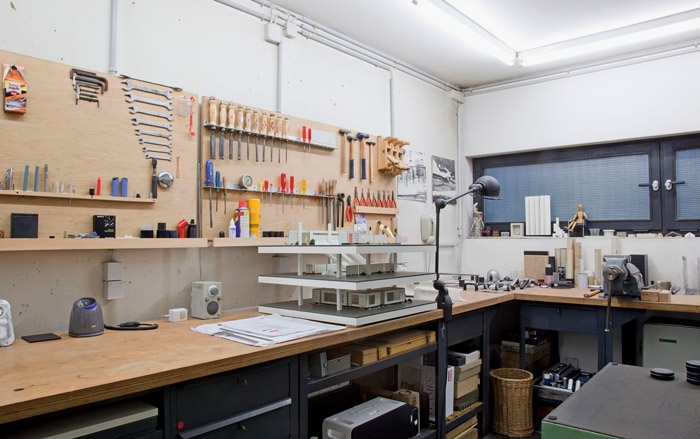
Kronberg House, 1971. Bottom level of the Rams house: workshop
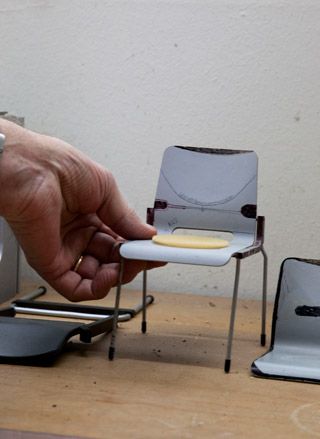
Prototype in the workshop level in the Rams House
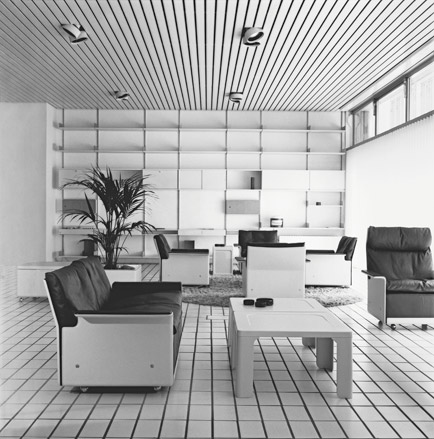
620 chair programme, seen here with the 621 nesting coffee table and the 606 system in Vitsoe’s Frankfurt showroom
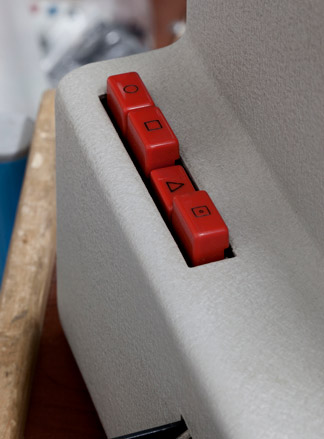
PA 1 slide projector buttons, part of the Braun Archive
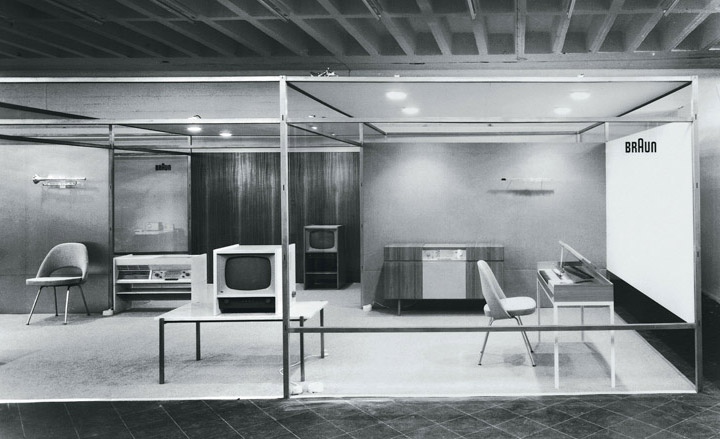
A mockup of the D 55 Braun pavilion at Ulm, 1955
Wallpaper* Newsletter
Receive our daily digest of inspiration, escapism and design stories from around the world direct to your inbox.
-
 Put these emerging artists on your radar
Put these emerging artists on your radarThis crop of six new talents is poised to shake up the art world. Get to know them now
By Tianna Williams
-
 Dining at Pyrá feels like a Mediterranean kiss on both cheeks
Dining at Pyrá feels like a Mediterranean kiss on both cheeksDesigned by House of Dré, this Lonsdale Road addition dishes up an enticing fusion of Greek and Spanish cooking
By Sofia de la Cruz
-
 Creased, crumpled: S/S 2025 menswear is about clothes that have ‘lived a life’
Creased, crumpled: S/S 2025 menswear is about clothes that have ‘lived a life’The S/S 2025 menswear collections see designers embrace the creased and the crumpled, conjuring a mood of laidback languor that ran through the season – captured here by photographer Steve Harnacke and stylist Nicola Neri for Wallpaper*
By Jack Moss
-
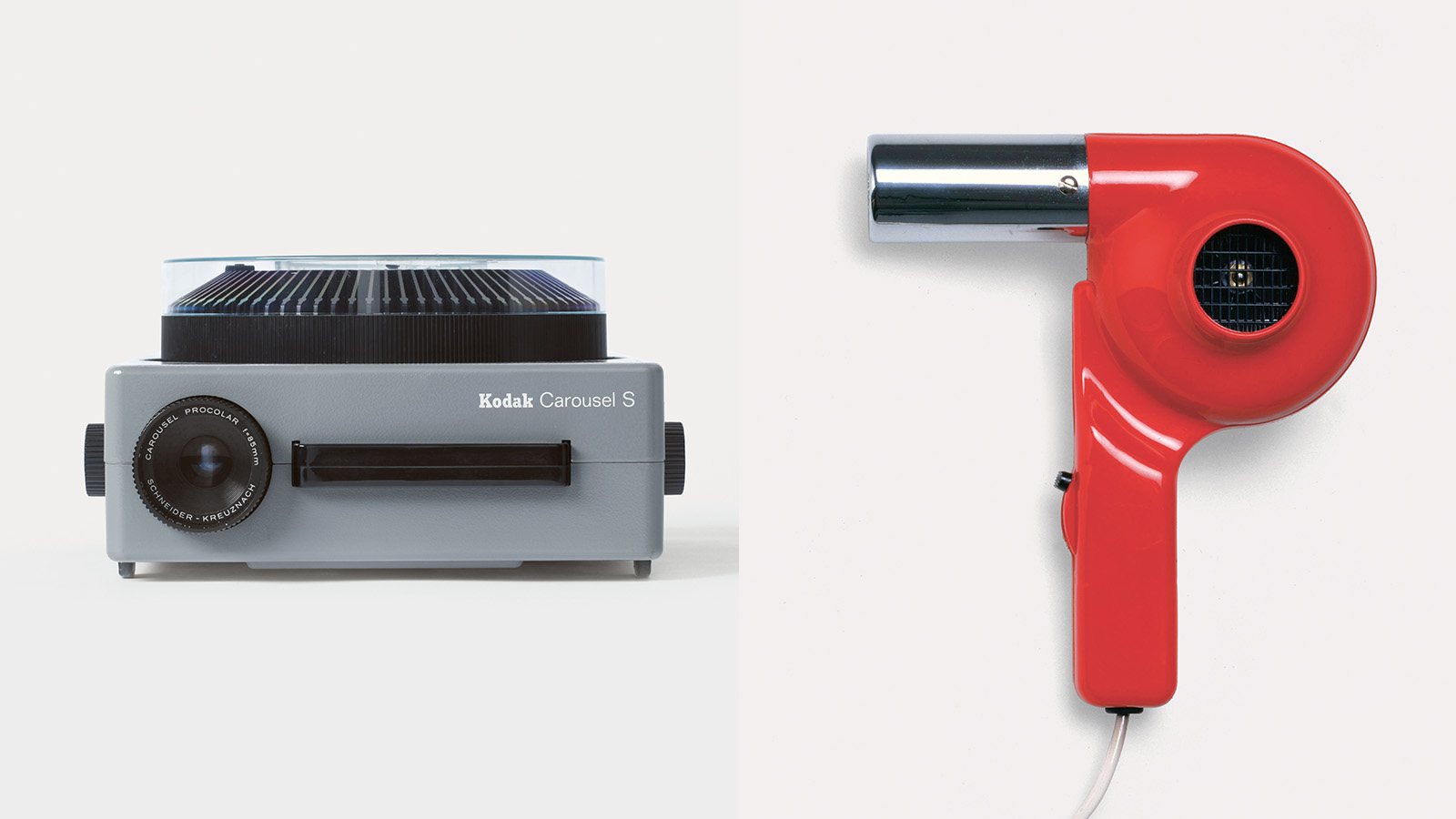 Masters of midcentury modern design and their creations spotlighted in new book
Masters of midcentury modern design and their creations spotlighted in new book‘Mid-Century Modern Designers’ is a new book from Phaidon celebrating those who shaped the period and their notable creations, from furniture to objects
By Tianna Williams
-
 Rooms with a view: a new book celebrates the Italian approach to interior design
Rooms with a view: a new book celebrates the Italian approach to interior designLaura May Todd's survey of Italian interiors is the perfect antidote to January gloom, taking a look inside 50 distinctive Italian homes
By Ali Morris
-
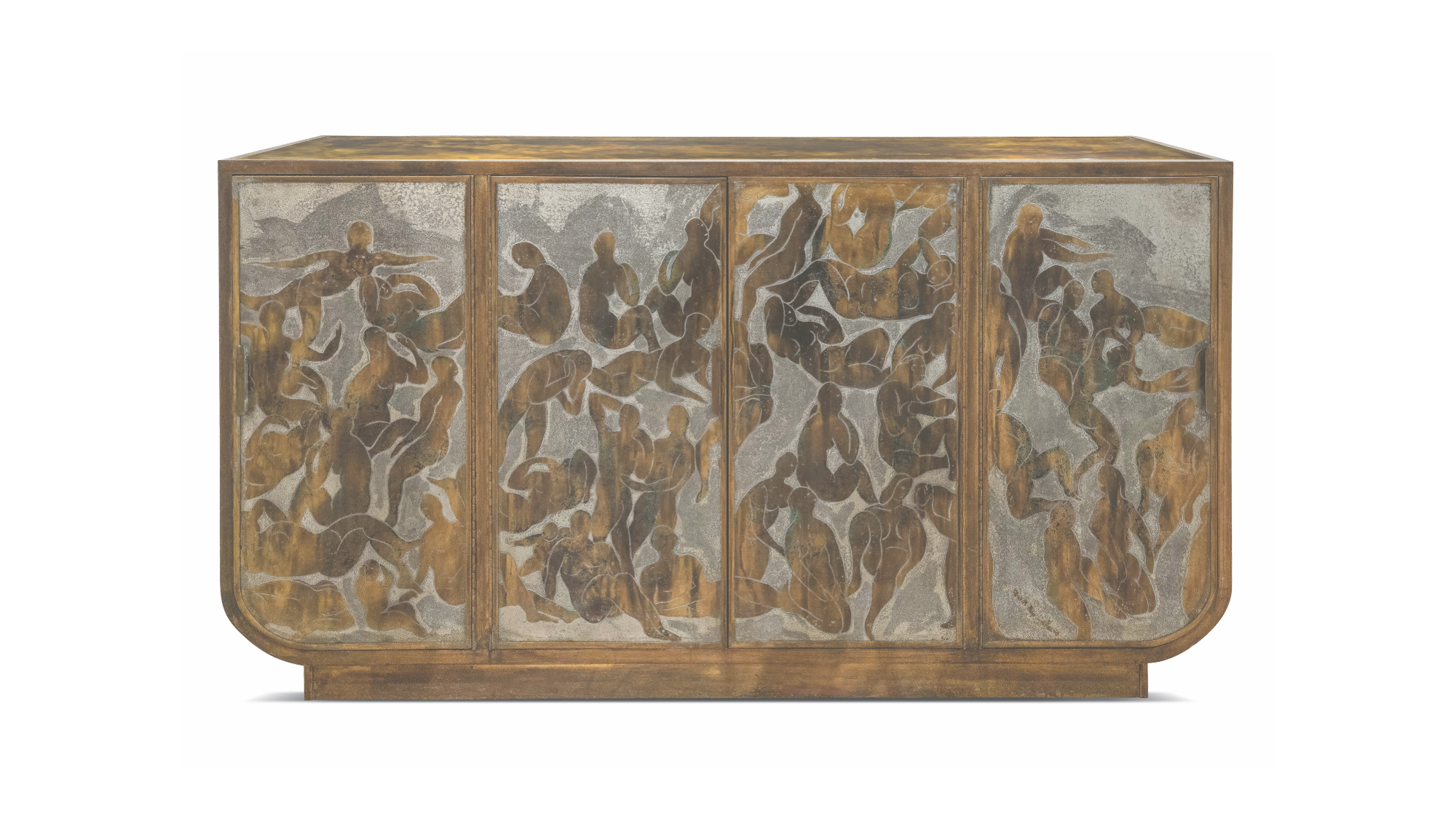 Discover the alchemy of American artists Philip and Kelvin LaVerne
Discover the alchemy of American artists Philip and Kelvin LaVerneThe work of Philip and Kelvin LaVerne, prized by collectors of 20th-century American art, is the subject of a new book by gallerist Evan Lobel; he tells us more
By Léa Teuscher
-
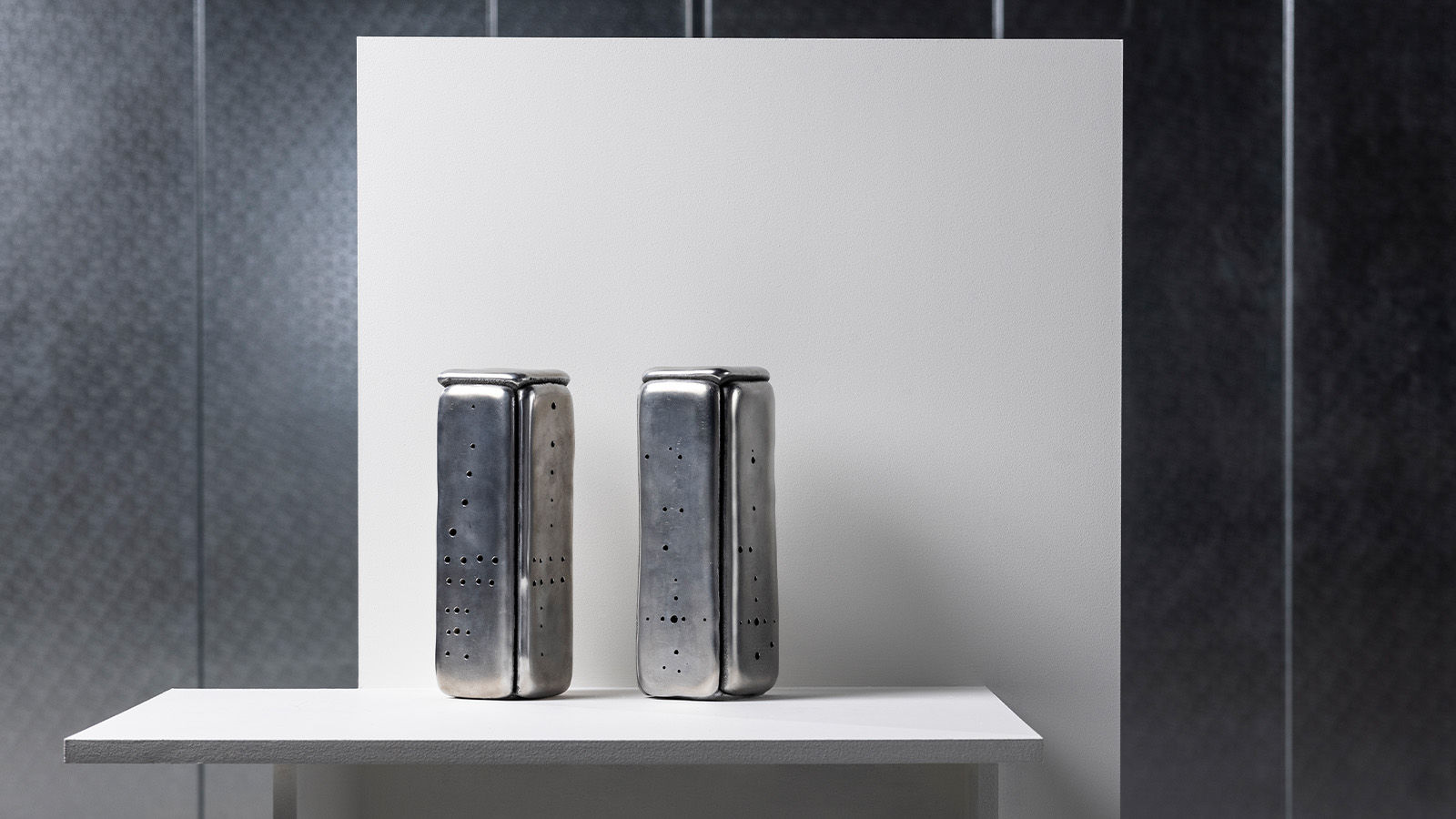 20 pairs of bookends celebrate contemporary Scottish design and Dundee’s literary heritage
20 pairs of bookends celebrate contemporary Scottish design and Dundee’s literary heritageAs Dundee Design Week gets ready for its fifth edition, a bookish commission shines a light on two pioneering female journalists from the city’s storied past
By Alyn Griffiths
-
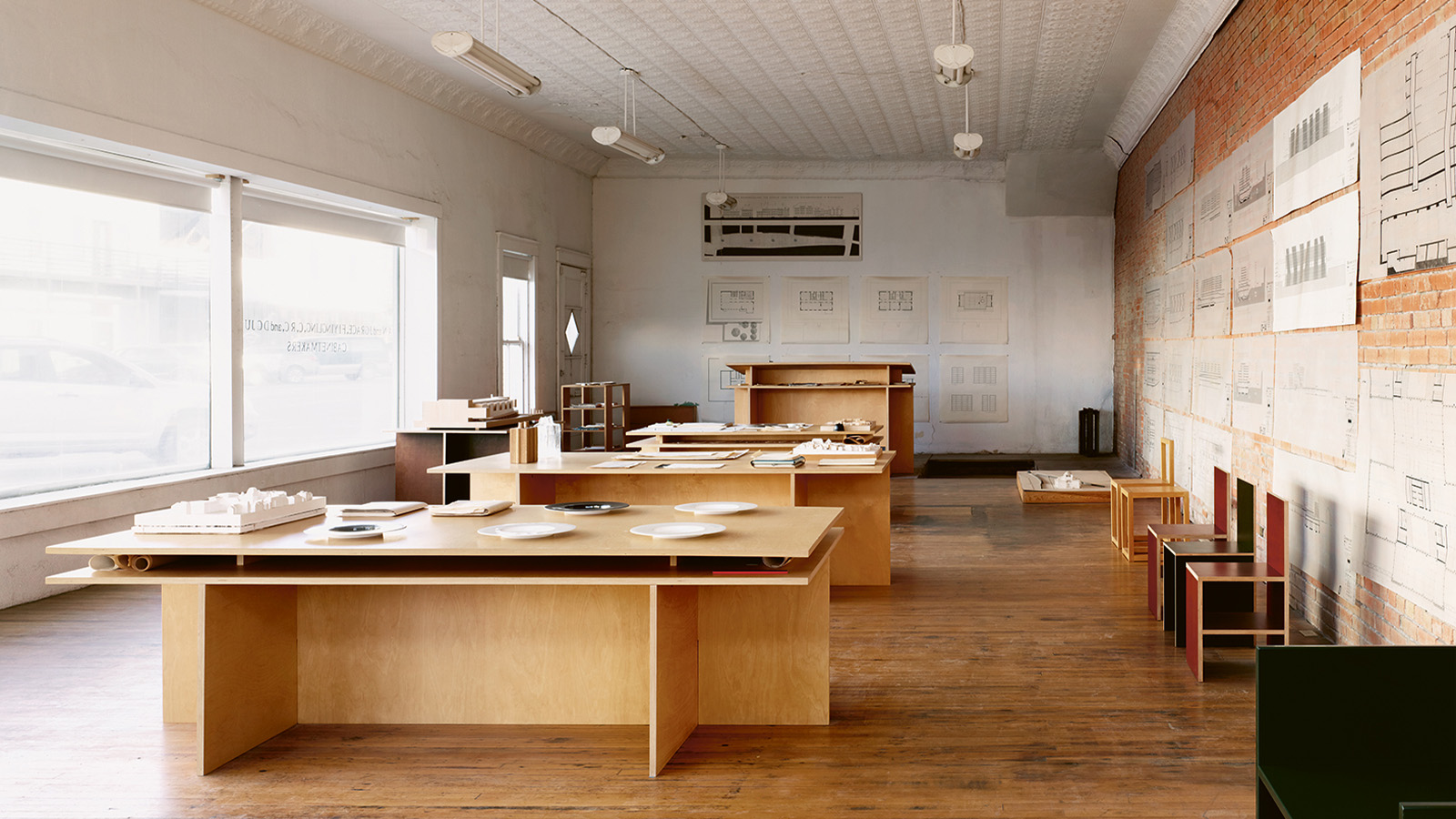 ‘You’ve got to hang out with Judd furniture… you learn something’: Rainer Judd
‘You’ve got to hang out with Judd furniture… you learn something’: Rainer JuddAs new book ‘Donald Judd Furniture’ lands, the artist’s children Rainer and Flavin discuss their father’s legacy
By Diana Budds
-
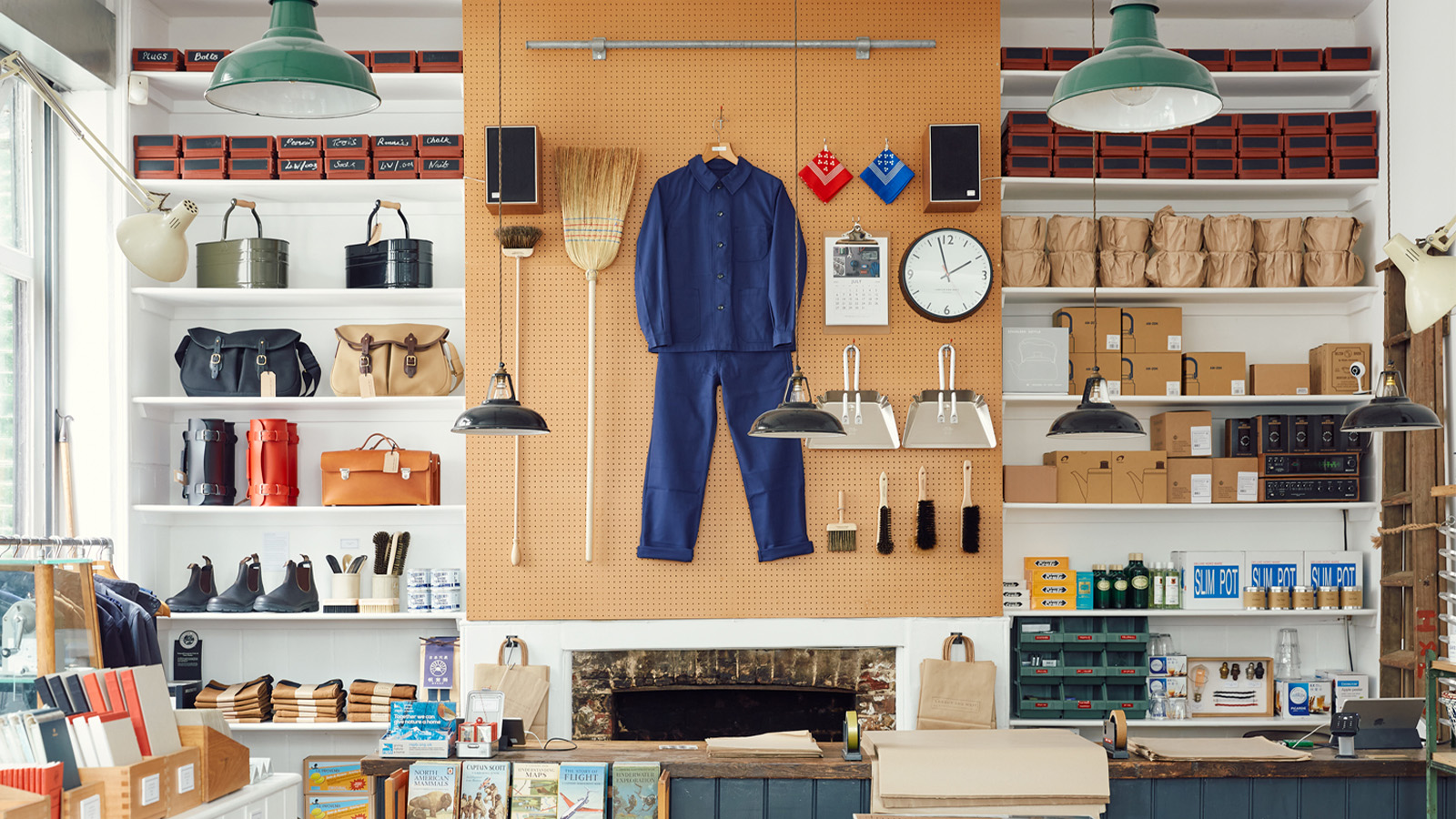 Discover London’s lesser-known design gems with ‘an opinionated guide’
Discover London’s lesser-known design gems with ‘an opinionated guide’‘An opinionated guide to Design London’ by Sujata Burman and Wallpaper’s Rosa Bertoli is a carefully curated tour of intriguing design spots across the capital
By Tianna Williams
-
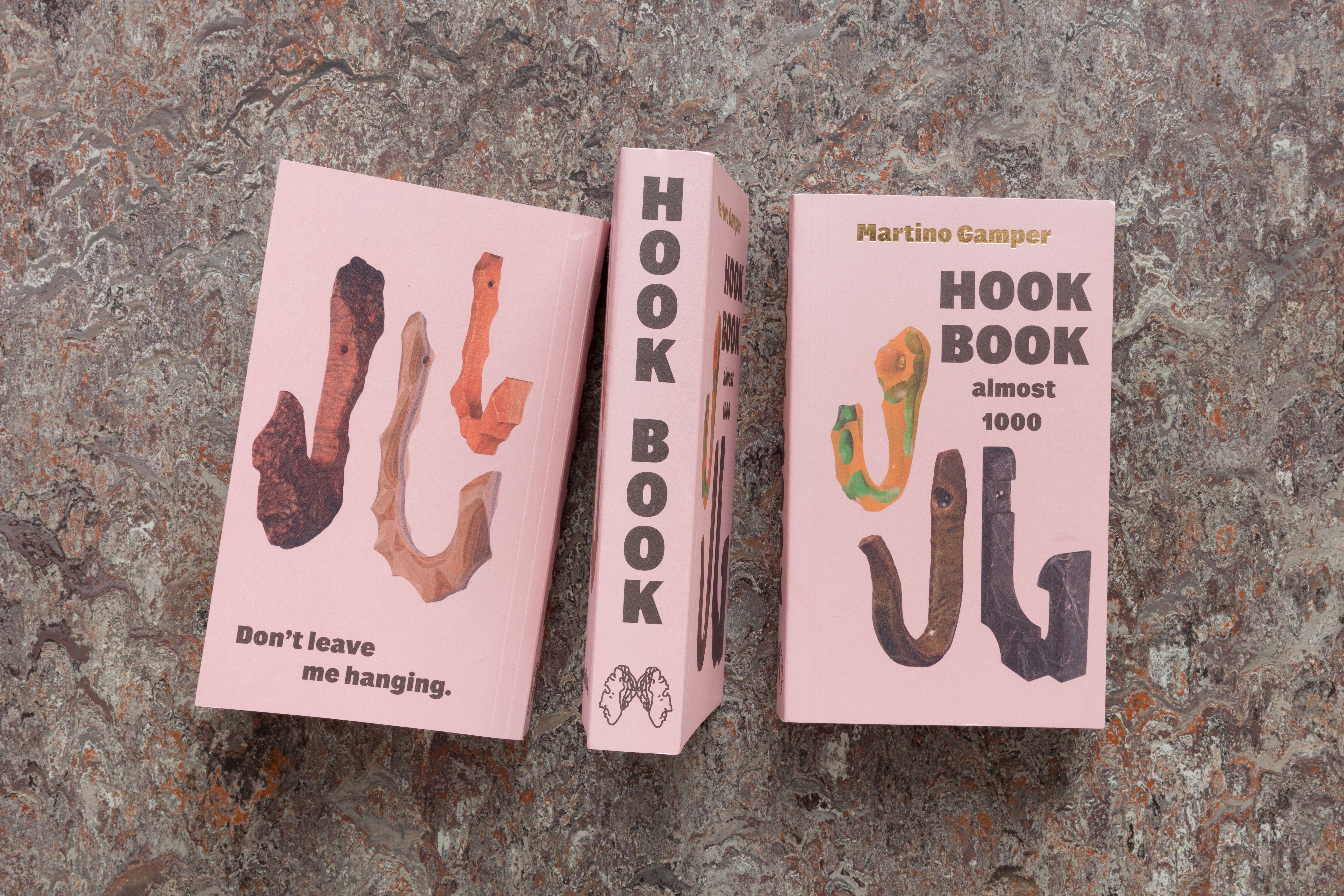 Well hung? We interview Martino Gamper about his new book of (around) 1,000 hooks
Well hung? We interview Martino Gamper about his new book of (around) 1,000 hooksItalian maverick designer Martino Gamper doesn't hang around. He has a new book featuring 1,000 hooks made by hand. We ask him how and why...
By Hugo Macdonald
-
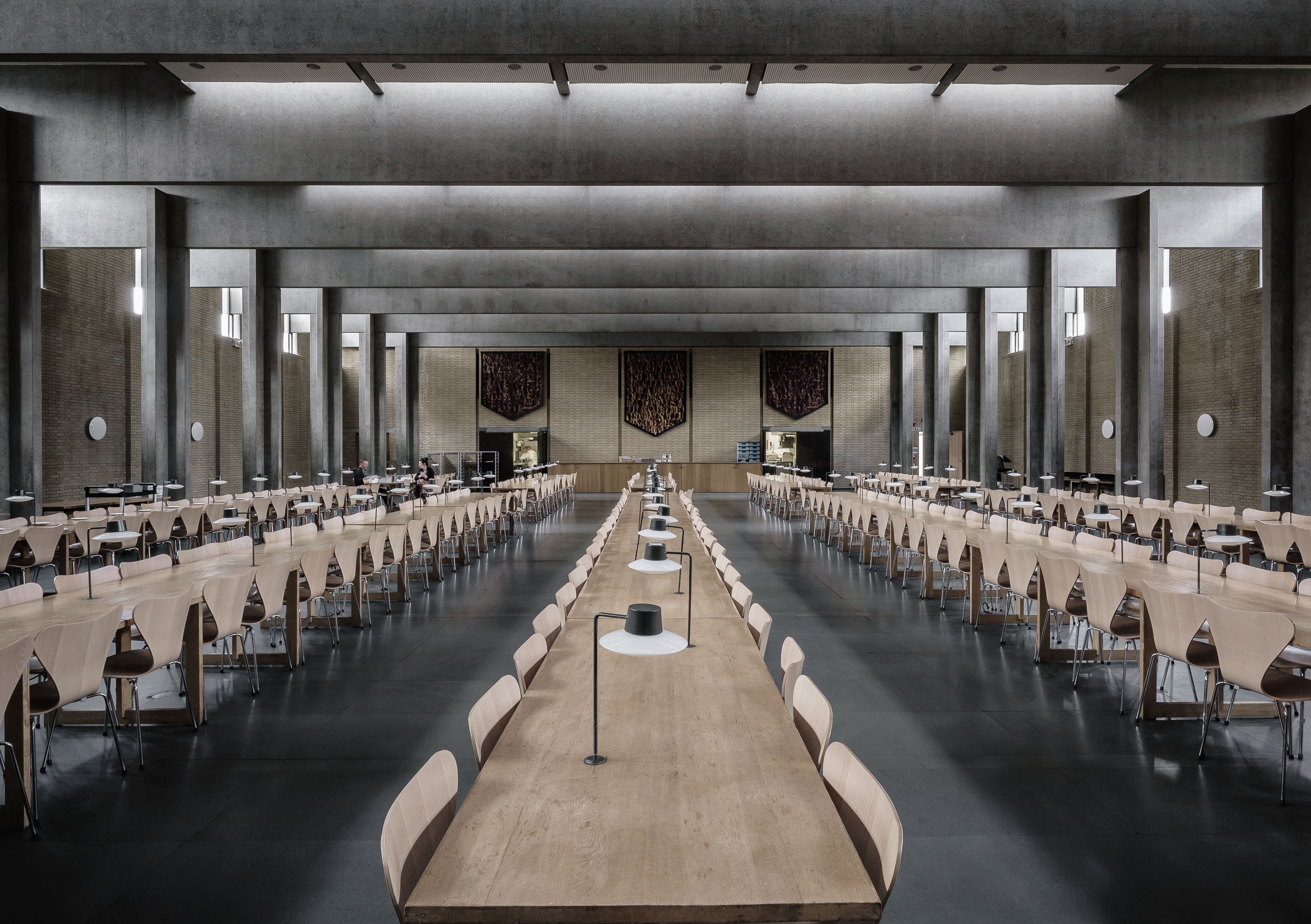 New Louis Poulsen book explores the Danish lighting company's illuminating world
New Louis Poulsen book explores the Danish lighting company's illuminating worldLouis Poulsen: First House of Light, published by Phaidon, is a new design book delving into the Danish company's world of radiant lighting
By Jens H Jensen